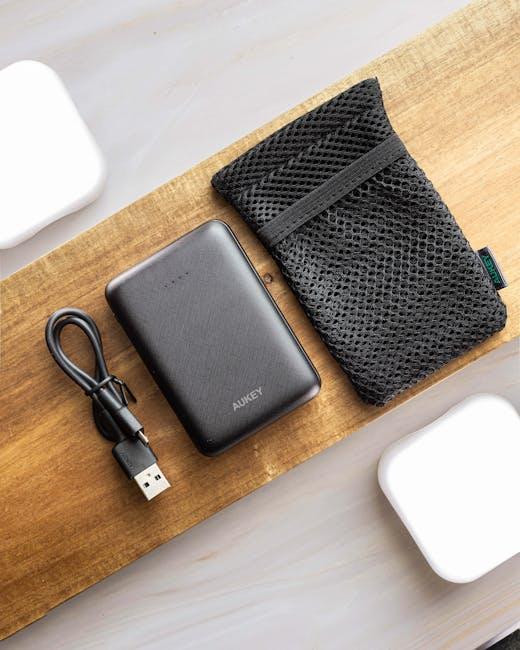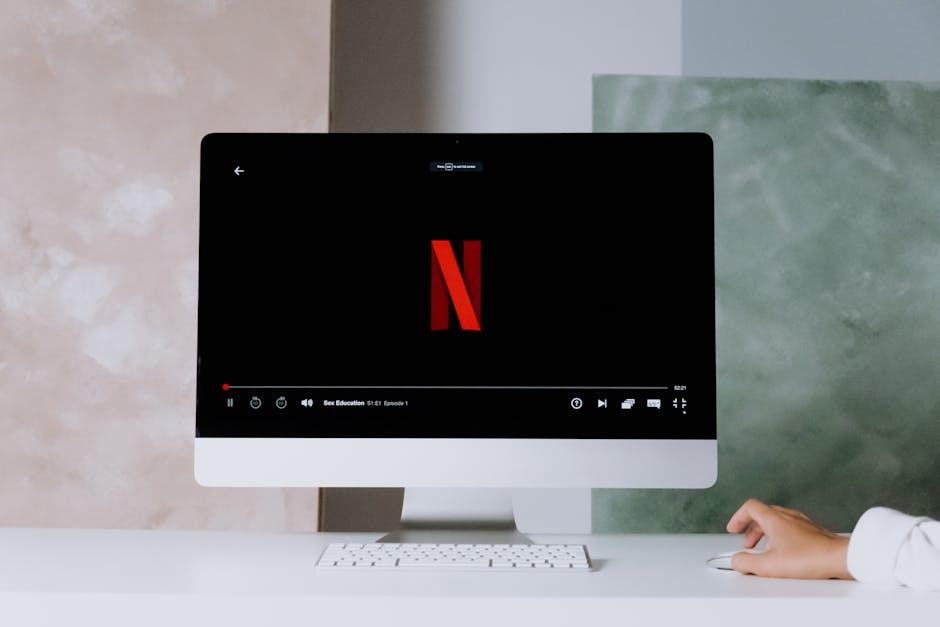In recent years, the landscape of entertainment consumption has undergone a seismic shift, driven by the proliferation of streaming services. As these platforms compete for viewer attention, a critical question emerges: are streaming services prioritizing device compatibility over content quality? This inquiry delves into the strategic decisions made by streaming giants as they navigate an increasingly fragmented technological environment. By ensuring seamless access across a multitude of devices, from smartphones and tablets to smart TVs and gaming consoles, these services aim to capture the widest possible audience. However, this expansive approach raises concerns about potential compromises in streaming quality, including resolution, audio fidelity, and overall user experience. This article explores the delicate balance streaming services must maintain between broad device compatibility and the delivery of high-quality content, offering insights into the technological and market forces shaping this dynamic industry.
Understanding the Balance Between Compatibility and Quality in Streaming Services
In the ever-evolving landscape of digital entertainment, the delicate equilibrium between compatibility and quality is a pivotal factor that streaming services must navigate. On one hand, ensuring that content is accessible across a wide array of devices is crucial for reaching a broader audience. This means accommodating older devices, diverse operating systems, and various internet speeds. However, this broad compatibility often requires compromises on streaming quality, such as lower resolutions or reduced bitrate, to ensure seamless playback across platforms.
- Device Diversity: Streaming services must cater to a vast range of devices from smartphones and tablets to smart TVs and gaming consoles.
- Quality Trade-offs: To achieve compatibility, services might lower video quality, impacting the viewer’s experience.
- Technological Advancements: As technology evolves, striking the right balance becomes a dynamic challenge requiring continuous adaptation.
Ultimately, the choice between prioritizing compatibility or quality isn’t a simple one-size-fits-all solution. Streaming services are tasked with assessing their audience’s needs and preferences, and often this results in a strategy that attempts to blend both elements harmoniously. For users, understanding these trade-offs can provide insight into why their favorite shows might look different on various devices.

Evaluating the Impact of Device Compatibility on Streaming Quality
In the ever-evolving world of streaming services, the emphasis on device compatibility has become a cornerstone of user experience. While ensuring seamless access across a plethora of gadgets, from smart TVs to smartphones, streaming platforms often face the challenge of maintaining high-quality video and audio standards. The variance in processing power, screen resolution, and internet connectivity among devices can lead to noticeable disparities in streaming quality. Consequently, platforms may prioritize broad compatibility, sometimes at the expense of delivering the highest possible quality.
- Broad Reach: By optimizing for a wide range of devices, services can attract and retain a larger audience.
- Quality Trade-offs: To achieve compatibility, some aspects of video quality, such as resolution and bitrate, might be compromised.
- Adaptive Streaming: Many platforms use adaptive streaming technology to balance compatibility and quality, adjusting the stream based on device capability and network conditions.
As users become increasingly discerning, streaming services must continuously innovate to enhance both compatibility and quality. The challenge lies in striking the right balance, ensuring that no matter the device, the viewing experience remains satisfying and engaging.

Analyzing Consumer Preferences: Quality versus Accessibility
In the competitive landscape of streaming services, companies are constantly navigating the balance between quality and accessibility. The rise of diverse devices—from smart TVs to mobile phones—has prompted platforms to ensure compatibility across a broad spectrum of technologies. However, this shift in focus sometimes raises concerns about whether the emphasis on device compatibility might overshadow the commitment to delivering high-quality content. Consumers are increasingly aware of the trade-offs, and their preferences can significantly influence industry trends.
- Quality Concerns: As more consumers invest in high-resolution displays, there is a growing expectation for content to match these capabilities. Streaming platforms need to prioritize advancements in video and audio quality to meet these demands.
- Accessibility Demands: With the proliferation of devices, ensuring seamless access across various operating systems and screen sizes has become crucial. This involves not just compatibility, but also the optimization of user interfaces for different platforms.
- Balancing Act: Streaming services must strike a delicate balance. Investing in infrastructure that supports both high-quality content and broad accessibility is essential to cater to a diverse audience.
Ultimately, the ability of streaming services to maintain this equilibrium will likely dictate their success in the ever-evolving digital media landscape. By aligning technological advancements with consumer expectations, platforms can effectively navigate this complex terrain.

Recommendations for Streaming Services to Enhance Both Compatibility and Quality
To ensure that streaming services strike a harmonious balance between device compatibility and content quality, there are several strategies they can adopt:
- Adaptive Bitrate Streaming: Implementing adaptive bitrate streaming ensures that users receive the best possible video quality based on their internet connection and device capabilities. This technology dynamically adjusts the video stream in real-time, enhancing both compatibility and quality.
- Comprehensive Device Testing: Regularly testing streaming platforms across a wide array of devices helps identify compatibility issues early. This proactive approach ensures that content is delivered efficiently, regardless of the device.
- Optimized Codecs: Utilizing advanced video codecs like HEVC or AV1 can significantly improve streaming quality without requiring excessive bandwidth. By investing in these codecs, services can deliver crisp visuals even on lower-end devices.
- Customizable Settings: Allowing users to manually select their preferred quality settings empowers them to choose the best balance for their device and connection. This user-centric approach can enhance satisfaction and usability.
By focusing on these strategies, streaming services can provide a superior viewing experience that caters to a diverse range of devices while maintaining high-quality content delivery.







































